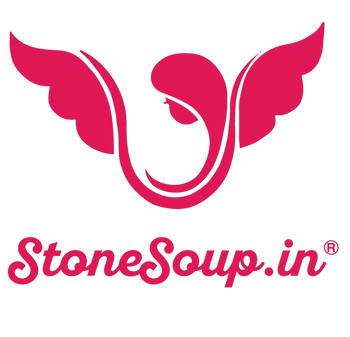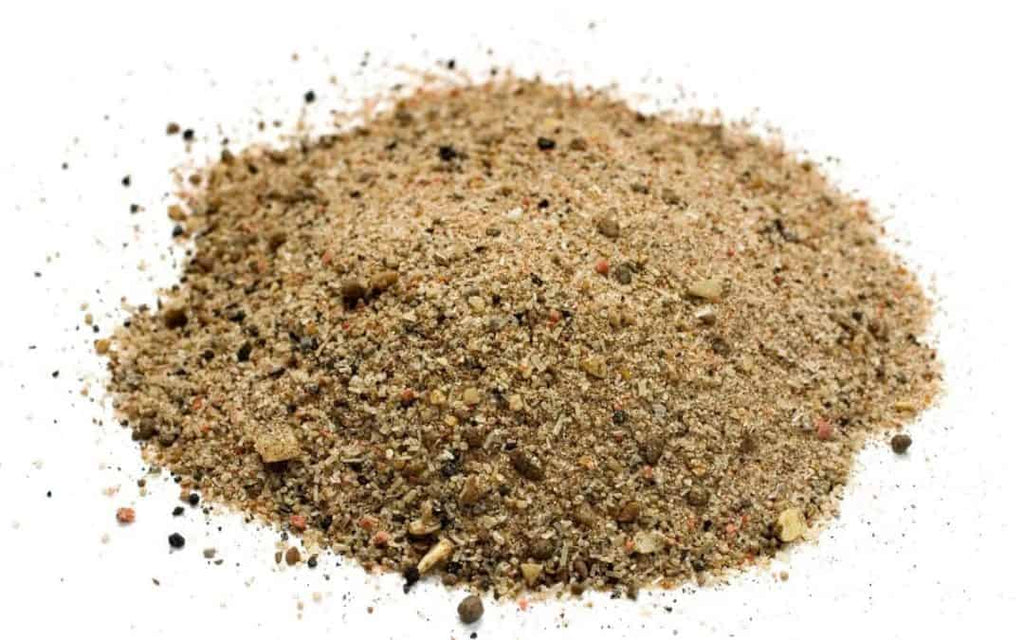Description
A great source of phosphorus, which is an essential nutrient for plants to help them flower and new plants to produce strong roots, so is good for root vegetables such as onions, garlic, carrot and parsnip.
It can be added to planting holes for most plants and is really useful when planting bulbs in the autumn as it encourages root growth so leading to better flowering the following spring.
It also contains nitrogen, which encourages plants to grow strong and promotes lush green foliage. Finally, bone meal’s organic matter naturally encourages the improvement of micro-organisms, which can help improve the soil’s fertility and structure.
It’s easy for plants to absorb and take up, and is slow-release to benefit plants for months at a time
Bone meal for plants can be used from February to November and can be applied prior to sowing any seeds or throughout the growing season as needed.
- During soil preparation
Sprinkle bone meal fertiliser evenly over the soil or add to planting compost. Make sure it's mixed well. If the weather is dry, water in well.
- In the growing season
If you're adding bone meal throughout the growing season, sprinkle evenly around established part of the soil and gently fork it into the surface. Be careful not to disturb plant roots as you do so. Water thoroughly.
- Plants in containers
For established plants in containers, apply the bone meal fertiliser at the start of the season and then once or twice throughout the growing season to help stimulate flowering or fruit ripening when the plants are actively growing. Again, sprinkle around the plants and work it into the soil being careful of any roots, then water well.
- Vegetable plots
If you're using a bone meal for your vegetable plot, add fertiliser and fork it into the soil before planting any seeds.
- New plants
Once you've made a planting hole, fork a small amount of bone meal for plants into the hole. You can also add it to the compost and soil that will be used as the planting mixture. Water thoroughly.
BONE MEAL-1 kg
Rs. 250.00
Description
A great source of phosphorus, which is an essential nutrient for plants to help them flower and new plants to produce strong roots, so is good for root vegetables such as onions, garlic, carrot and parsnip.
It can be added to planting holes for most plants and is really useful when planting bulbs in the autumn as it encourages root growth so leading to better flowering the following spring.
It also contains nitrogen, which encourages plants to grow strong and promotes lush green foliage. Finally, bone meal’s organic matter naturally encourages the improvement of micro-organisms, which can help improve the soil’s fertility and structure.
It’s easy for plants to absorb and take up, and is slow-release to benefit plants for months at a time
Bone meal for plants can be used from February to November and can be applied prior to sowing any seeds or throughout the growing season as needed.
- During soil preparation
Sprinkle bone meal fertiliser evenly over the soil or add to planting compost. Make sure it's mixed well. If the weather is dry, water in well.
- In the growing season
If you're adding bone meal throughout the growing season, sprinkle evenly around established part of the soil and gently fork it into the surface. Be careful not to disturb plant roots as you do so. Water thoroughly.
- Plants in containers
For established plants in containers, apply the bone meal fertiliser at the start of the season and then once or twice throughout the growing season to help stimulate flowering or fruit ripening when the plants are actively growing. Again, sprinkle around the plants and work it into the soil being careful of any roots, then water well.
- Vegetable plots
If you're using a bone meal for your vegetable plot, add fertiliser and fork it into the soil before planting any seeds.
- New plants
Once you've made a planting hole, fork a small amount of bone meal for plants into the hole. You can also add it to the compost and soil that will be used as the planting mixture. Water thoroughly.
A great source of phosphorus, which is an essential nutrient for plants to help them flower and new plants to produce strong roots, so is good for root vegetables such as onions, garlic, carrot and parsnip.
It can be added to planting holes for most plants and is really useful when planting bulbs in the autumn as it encourages root growth so leading to better flowering the following spring.
It also contains nitrogen, which encourages plants to grow strong and promotes lush green foliage. Finally, bone meal’s organic matter naturally encourages the improvement of micro-organisms, which can help improve the soil’s fertility and structure.
It’s easy for plants to absorb and take up, and is slow-release to benefit plants for months at a time
Bone meal for plants can be used from February to November and can be applied prior to sowing any seeds or throughout the growing season as needed.
- During soil preparation
Sprinkle bone meal fertiliser evenly over the soil or add to planting compost. Make sure it's mixed well. If the weather is dry, water in well.
- In the growing season
If you're adding bone meal throughout the growing season, sprinkle evenly around established part of the soil and gently fork it into the surface. Be careful not to disturb plant roots as you do so. Water thoroughly.
- Plants in containers
For established plants in containers, apply the bone meal fertiliser at the start of the season and then once or twice throughout the growing season to help stimulate flowering or fruit ripening when the plants are actively growing. Again, sprinkle around the plants and work it into the soil being careful of any roots, then water well.
- Vegetable plots
If you're using a bone meal for your vegetable plot, add fertiliser and fork it into the soil before planting any seeds.
- New plants
Once you've made a planting hole, fork a small amount of bone meal for plants into the hole. You can also add it to the compost and soil that will be used as the planting mixture. Water thoroughly.




